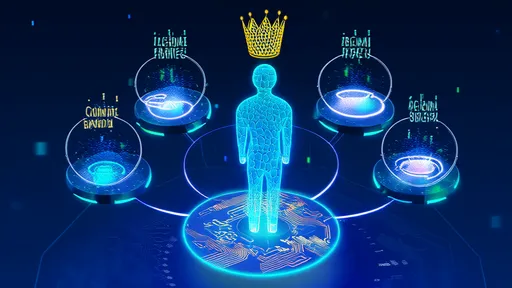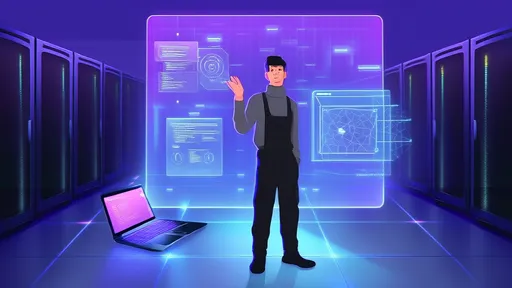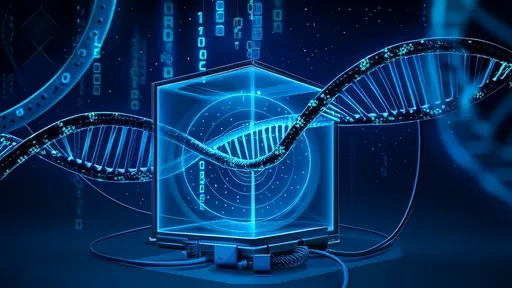The rapid advancement of genomic research has ushered in an era where vast amounts of genetic data are being generated and stored. With this surge comes the critical need for robust encryption standards to protect sensitive genetic information. The stakes are high—genetic data is not only deeply personal but also immutable, making its security a paramount concern for researchers, healthcare providers, and individuals alike.
Genetic data storage encryption is a complex field that intersects biology, computer science, and cybersecurity. Unlike traditional data, genetic information carries unique challenges. For one, it is inherently identifiable. Even anonymized datasets can sometimes be re-identified with enough cross-referencing. This vulnerability necessitates encryption methods that go beyond standard protocols, ensuring that data remains secure both at rest and in transit.
The current landscape of genetic data encryption is shaped by a mix of regulatory requirements and technological innovations. Regulations like the General Data Protection Regulation (GDPR) in Europe and the Health Insurance Portability and Accountability Act (HIPAA) in the United States set baseline standards for data protection. However, these frameworks often lack specificity when it comes to genomic data, leaving organizations to interpret and implement their own security measures.
One emerging approach is the use of homomorphic encryption, which allows computations to be performed on encrypted data without decrypting it first. This is particularly valuable in genomics, where researchers often need to analyze data without exposing raw genetic information. While promising, homomorphic encryption is computationally intensive and not yet practical for all applications. Nevertheless, it represents a significant step forward in balancing data utility with privacy.
Another critical consideration is the long-term storage of genetic data. Genomic information is often retained for decades, if not longer, to support longitudinal studies and future research. This longevity demands encryption methods that can withstand evolving threats, including quantum computing. Post-quantum cryptography is gaining traction as a solution, with algorithms designed to resist attacks from quantum computers, which could potentially break many of today's encryption standards.
The human element cannot be overlooked in this discussion. Even the most sophisticated encryption protocols are only as strong as the practices surrounding them. Poor key management, weak passwords, or insider threats can undermine even the most robust systems. Training and awareness programs are essential to ensure that all stakeholders—from lab technicians to IT staff—understand their role in safeguarding genetic data.
Interoperability is another hurdle. Genomic research is a collaborative endeavor, often involving multiple institutions and countries. Encryption standards must be compatible across different platforms and jurisdictions to facilitate secure data sharing. This requires international cooperation and the development of universal guidelines, a task that is as much political as it is technical.
Looking ahead, the field of genetic data encryption is poised for significant evolution. Advances in artificial intelligence and machine learning could lead to more adaptive encryption methods, capable of identifying and responding to threats in real time. Meanwhile, the growing emphasis on personalized medicine will only increase the volume—and value—of genetic data, making its protection more critical than ever.
Ultimately, the goal is to create a framework where genetic data can be both accessible and secure. This balance is delicate but achievable through continued innovation, collaboration, and a commitment to ethical standards. As the field progresses, the lessons learned from genomic data encryption may well inform broader efforts to protect sensitive information in an increasingly data-driven world.

By /Jul 11, 2025

By /Jul 11, 2025

By /Jul 11, 2025

By /Jul 11, 2025

By /Jul 11, 2025

By /Jul 11, 2025

By /Jul 11, 2025

By /Jul 11, 2025

By /Jul 11, 2025

By /Jul 11, 2025

By /Jul 11, 2025

By /Jul 11, 2025

By /Jul 11, 2025

By /Jul 11, 2025

By /Jul 11, 2025

By /Jul 11, 2025

By /Jul 11, 2025

By /Jul 11, 2025